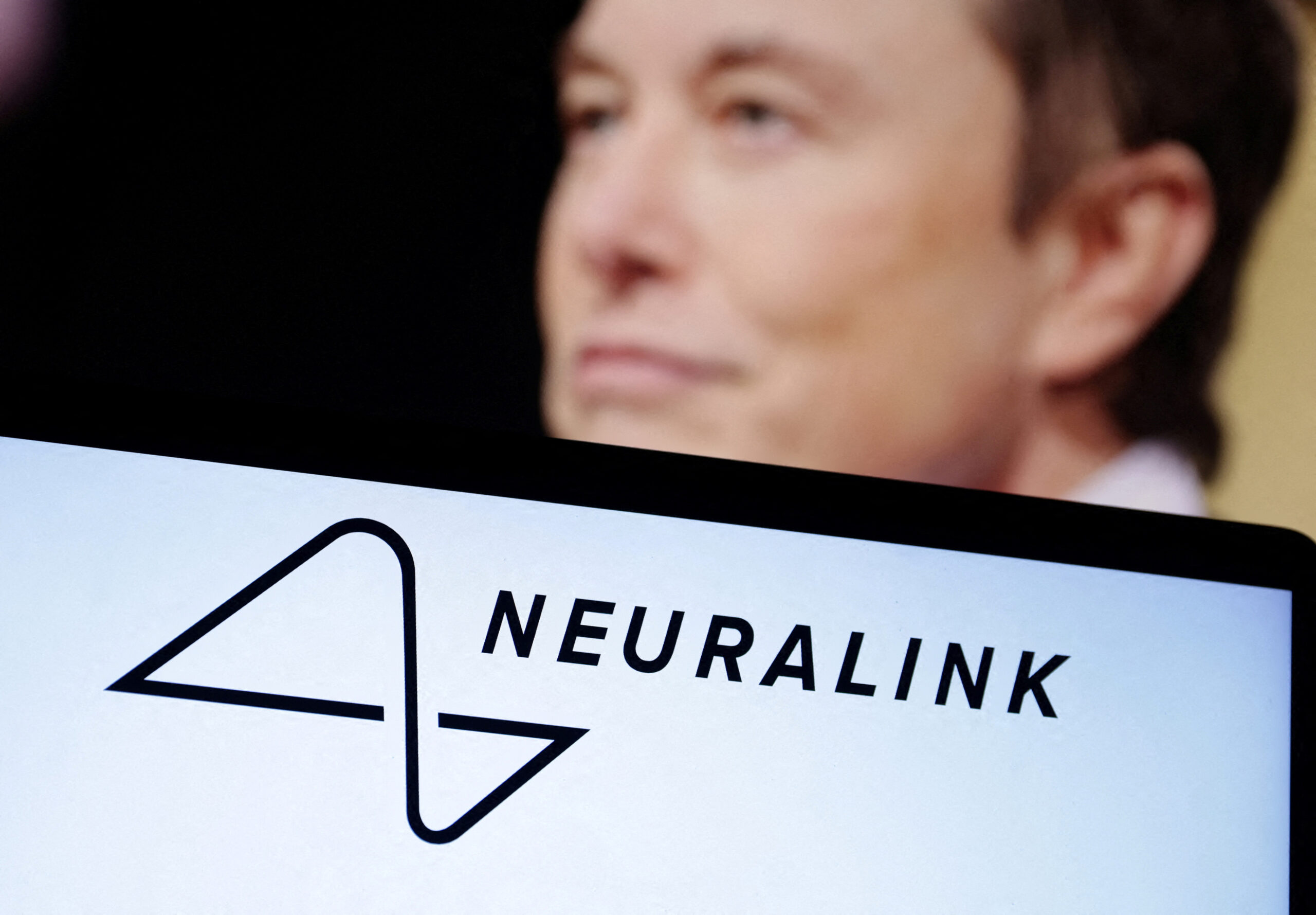Revolutionizing Brain Science: Neuralink’s Human Neural Implant Studies
Neuralink, the brain-machine interface company founded by Elon Musk, is making groundbreaking strides in the realm of neuroscience. In a recent announcement, the company revealed its plans to commence human neural implant studies. This development marks a significant leap forward in the field of brain-computer interfaces and promises to revolutionize the way we understand and interact with our own minds.
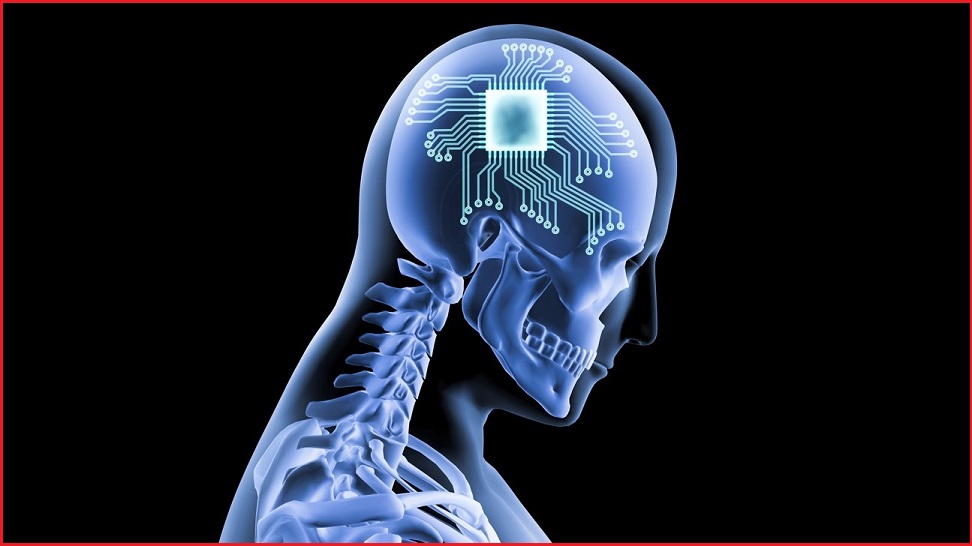
The Promising Future of Neuralink’s Neural Implants
Neuralink’s neural implants hold enormous potential to transform lives by enhancing cognitive abilities. Restoring lost functions, and providing a deeper understanding of the complex workings of the human brain. With this new initiative, the company aims to bridge the gap between humans and machines. Allowing for seamless integration of advanced technologies with our biological selves.
The human trials conducted by Neuralink will focus on patients with various neurological conditions, such as spinal cord injuries and paralysis. By implanting these advanced neural interfaces in their brains, researchers hope to restore mobility and independence to those who have lost it. This groundbreaking technology holds the promise of enabling individuals to control prosthetic limbs and communicate directly with external devices using only the power of their thoughts.
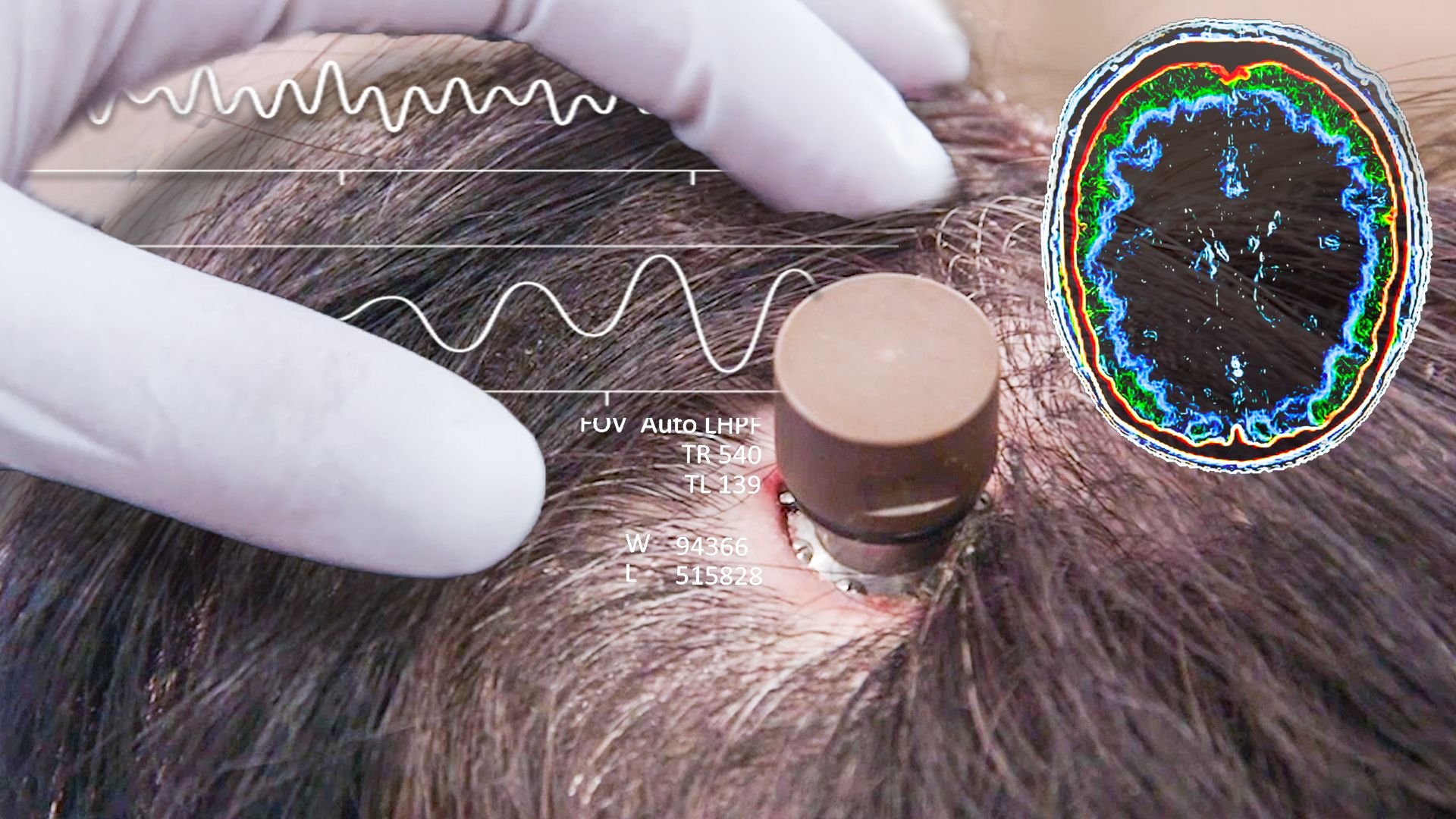
Neuralink Bridging the Digital World with the Human Brain
One of the key goals of Neuralink’s human neural implant studies is to establish a seamless connection between the digital world and the human brain. This connection, commonly referred to as the brain-machine interface, has the potential to unlock infinite possibilities. Imagine being able to control your smartphone or computer using your thoughts alone. Or even allowing individuals with speech impairments to communicate effectively through a neural interface.
These neural implants work by placing tiny electrodes in the brain, which interface with the neurons to establish a communication pathway. The data collected from these electrodes can then be interpreted by advanced algorithms. Allowing for real-time analysis and translation of thoughts into actions. While this technology is still in its early stages, the potential applications are vast and hold immense promise for individuals with disabilities and medical conditions.
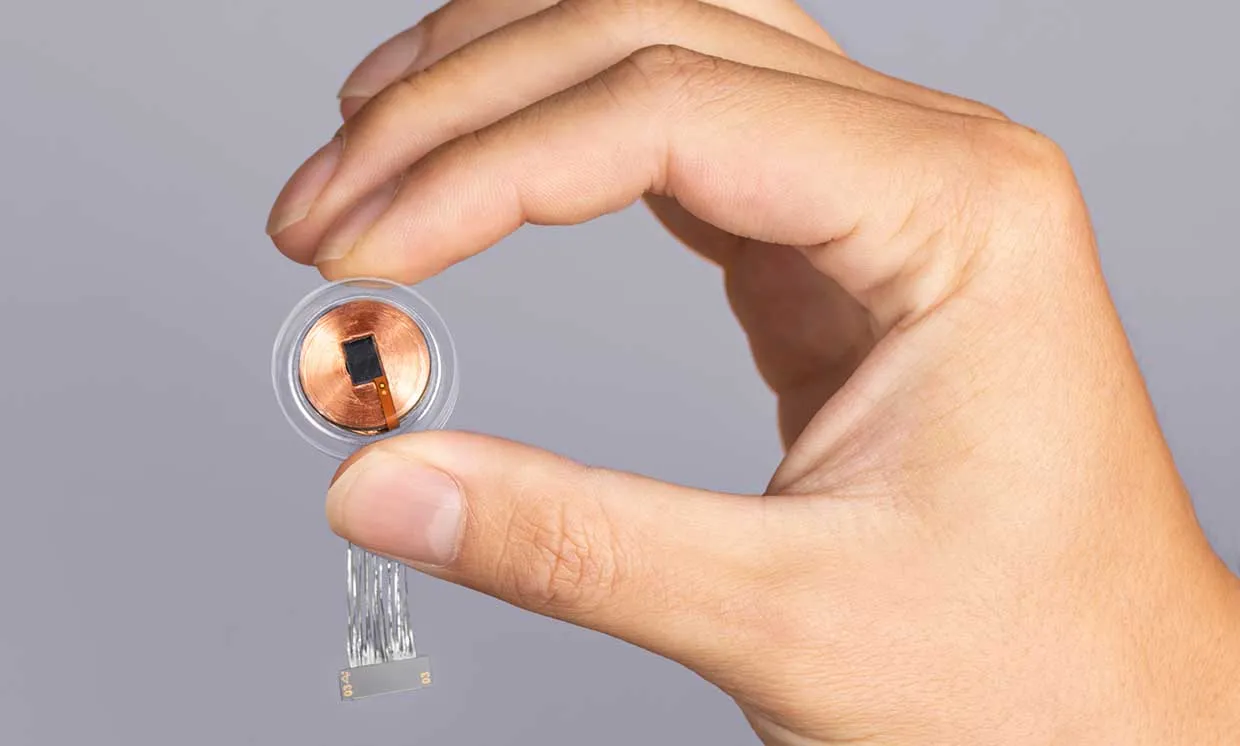
Neuralink Ensuring Ethical and Safe Implementation
With any groundbreaking innovation like Neuralink’s human neural implants. Ensuring ethical and safe implementation is of utmost importance. Understanding the potential risks and addressing them proactively is crucial to the success of these studies. Neuralink has made it clear that they prioritize patient safety. And will proceed with rigorous clinical trials and regulatory processes to validate the effectiveness and safety of their neural implant technology.
The ethical considerations surrounding human neural implants include privacy concerns, data protection, and the potential for unintended consequences. Addressing these concerns transparently and incorporating robust security measures are essential to win the trust of both the scientific community and the general public.
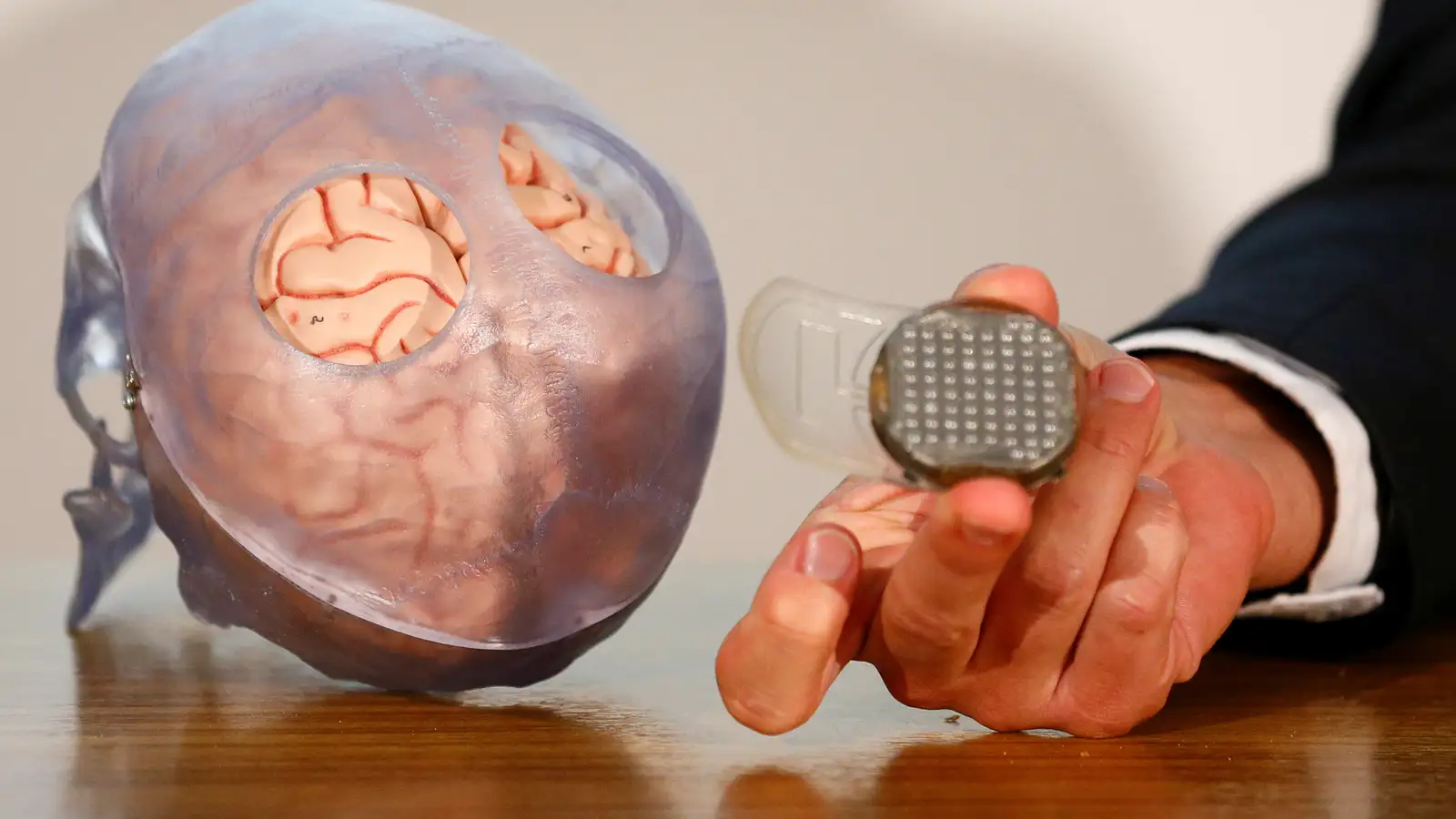
Conclusion
The commencement of human neural implant studies by Neuralink heralds a new era in brain science. With the potential to enhance human potential and revolutionize the lives of individuals with neurological conditions. These studies have the power to rewrite our understanding of the human brain. By seamlessly connecting humans with technology. Neuralink’s neural implants promise to unlock a vast array of possibilities and empower individuals like never before.
It is crucial that these studies are conducted ethically, with patient safety as the top priority. Addressing the ethical considerations and potential risks associated with this technology will pave the way for its widespread acceptance and adoption. As Neuralink continues to push the boundaries and drive innovation in neuroscientific research. We stand on the brink of a future where humans and machines coexist harmoniously. Bridging the gap between science fiction and reality.
